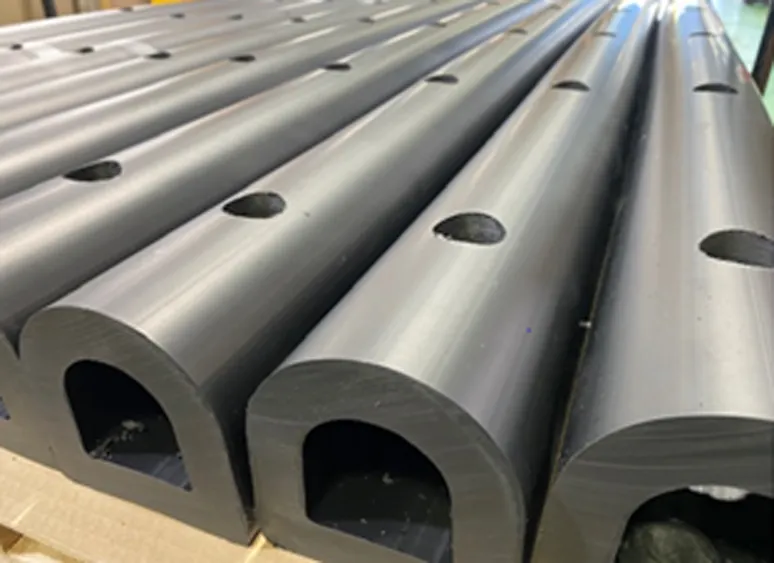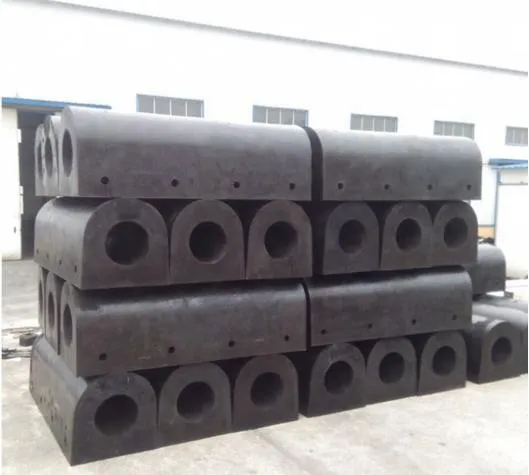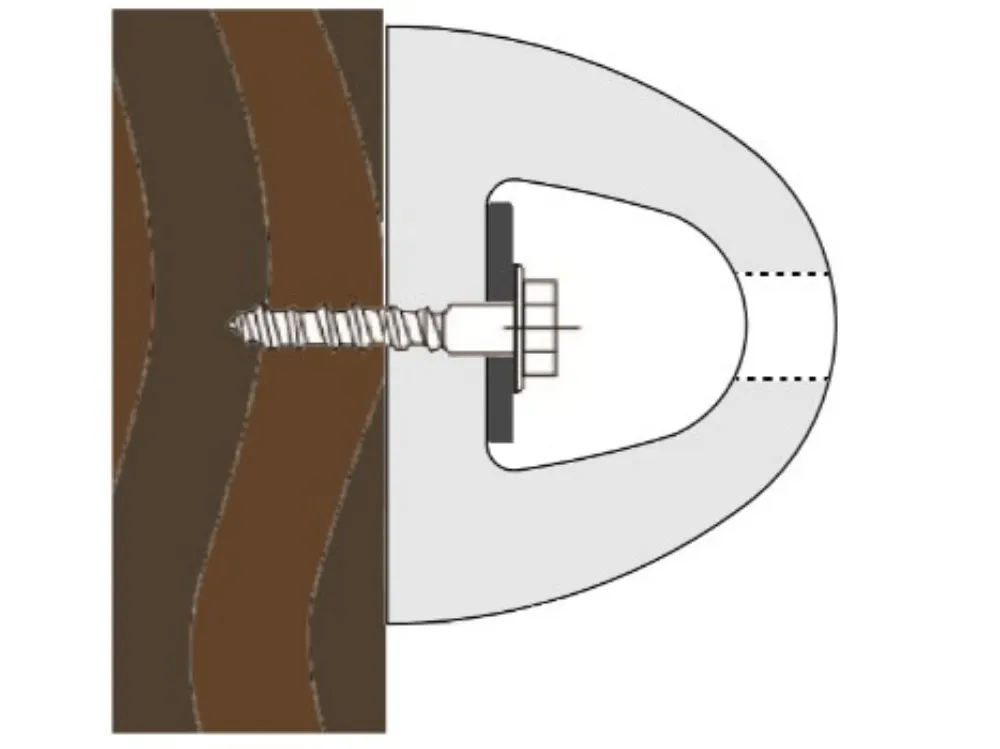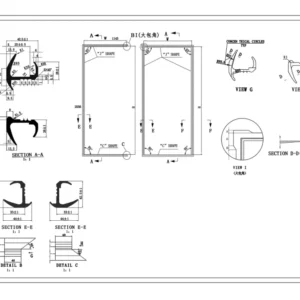D Section Rubber Buffers
D Section Rubber Buffers
Our D section rubber buffers are expertly designed to provide impact absorption, vibration dampening, and edge protection for various industrial, marine, and transport applications. Their unique “D” shape offers optimal shock resistance, preventing damage from collisions and reducing wear on equipment, vehicles, and structures.
Manufactured from premium materials like EPDM, neoprene, and natural rubber, these buffers are UV-resistant, weatherproof, and abrasion-resistant, making them suitable for both indoor and outdoor use. Easy to install, they help extend the lifespan of surfaces and equipment while enhancing safety and performance in demanding environments.
- Impact and Shock Absorption
- Vibration Dampening
- Weather and UV Resistant
- Abrasion-Resistant
- Easy Installation
- Versatile Applications
Details About D Section Rubber Buffers
Details About D Section Rubber Buffers
Product Description
Our D section rubber buffers are designed to provide impact absorption, vibration dampening, and edge protection in a wide range of applications. Shaped like a “D” to offer optimal performance, these buffers help prevent damage from collisions and wear, extending the lifespan of equipment and surfaces.
Manufactured from durable materials like EPDM, neoprene, and natural rubber, these buffers are resistant to UV, ozone, weathering, and abrasion, making them ideal for both indoor and outdoor use. Available in multiple sizes and densities, our D section buffers are easy to install and offer reliable protection in high-traffic, industrial, and transport environments.
Applications
D section rubber buffers are versatile and can be used across many industries and environments:
- Marine and Dockside Applications
- Protects boats, docks, and piers from impact damage during docking
- Absorbs shock in fender systems to prevent structural wear
- Automotive and Transport
- Provides cushioning between truck doors, hatches, and loading docks
- Reduces vibration and noise in vehicles and trailers
- Industrial and Warehouse Environments
- Acts as a bumper to protect walls, machinery, and equipment from collisions
- Ensures safe handling by absorbing impact in conveyor systems
- Building and Construction
- Serves as a protective edge for doors and gates
- Reduces impact damage to walls and frames in high-traffic areas
These buffers are suitable for both new installations and replacement projects, providing long-lasting protection and improved safety.
Common D Section Rubber Buffers Materials
Selecting the right material for D section buffers is essential to meet specific performance needs:
- EPDM Rubber
- Advantages: Excellent resistance to weather, ozone, and UV rays; performs well in extreme temperatures
- Disadvantages: Limited resistance to oils and certain chemicals
- Neoprene Rubber
- Advantages: Good resistance to oils, chemicals, and abrasion; suitable for outdoor and marine environments
- Disadvantages: Less flexible than natural rubber
- Natural Rubber
- Advantages: Superior elasticity and shock absorption; performs well in dynamic applications
- Disadvantages: Less resistant to UV and weather exposure, requiring more maintenance
Choosing the appropriate material ensures that the buffer meets durability, flexibility, and environmental resistance requirements for your specific application.
Discuss the details of
your seal solution
Submit Your Inquiry to Primesealsolution,
All the Inquiries Will Be Replied Within 12 Hours.
More Rubber Seals Support Your Project
More Rubber Seals Support Your Project
FAQ For Rubber Seals
FAQ For Rubber Seals
How to Choose the Right Material?
Customers often ask how to select the appropriate material based on their working environment (e.g., high temperature, low temperature, chemical corrosion). Common materials include EPDM, silicone, nitrile rubber (NBR), and fluororubber (FKM), each offering specific resistance properties for different applications
What Temperature Range Can the Seal Handle?
Customers often ask how to select the appropriate material based on their working environment (e.g., high temperature, low temperature, chemical corrosion). Common materials include EPDM, silicone, nitrile rubber (NBR), and fluororubber (FKM), each offering specific resistance properties for different applications
What Are the Key Points to Ensure Proper Installation?
Proper installation is crucial for performance, and customers want to know how to keep the surface clean, avoid over-stretching, and whether to use lubricants for easier installation
What Should I Do if the Seal Ages or Fails?
Over time, seals may crack or deform. Customers often inquire about how to identify these issues early and use rubber rejuvenators to prolong their lifespan or properly replace failed seals
What Should I Do if the Seal Ages or Fails?
Over time, seals may crack or deform. Customers often inquire about how to identify these issues early and use rubber rejuvenators to prolong their lifespan or properly replace failed seals
Are Rubber Seals Environmentally Friendly?
Clients in eco-focused industries may ask about the material’s recyclability and environmental compliance, especially for projects aligned with green building certifications
How Can I Extend the Seal’s Service Life?
Customers are interested in maintenance tips such as choosing suitable materials, regular cleaning, avoiding overloading, and ensuring proper use to maximize durability









